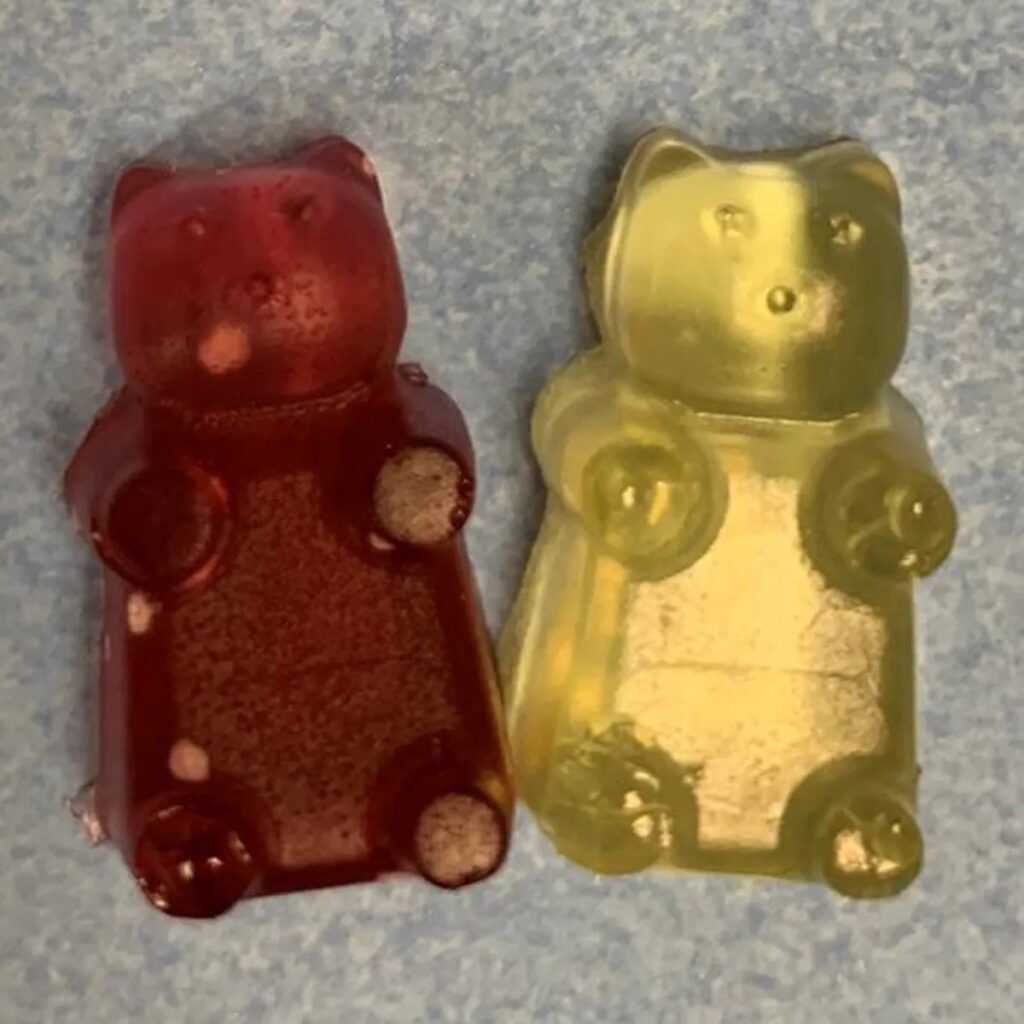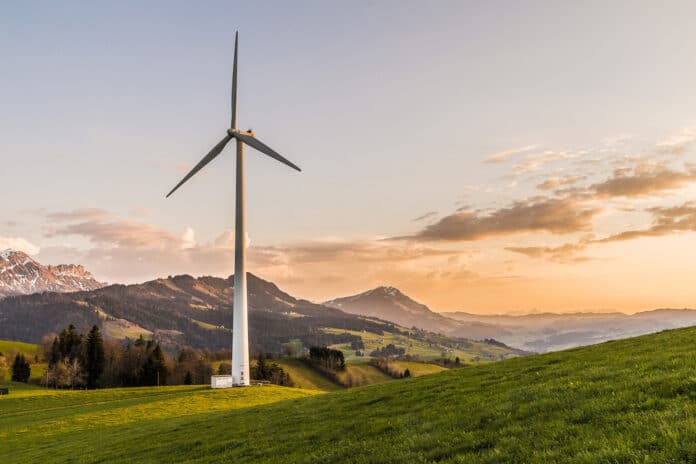Wind power is an increasingly popular form of renewable energy, but disposal is a problem when it’s time to replace the huge turbine blades.
To tackle this problem, researchers at Michigan State University have created a new composite resin suitable for making these behemoths that could later be recycled into new wind turbine blades or a variety of other products, including countertops, car taillights, diapers, and even gummy bears.
They made this new turbine material by combining glass fibers with a plant-derived polymer and a synthetic one. According to researchers, panels made of this thermoplastic resin were strong and durable enough to be used in turbines or automobiles. The team dissolved the panels in a fresh monomer and physically removed the glass fibers, allowing them to recast the material into new products of the same type. Importantly, the recast panels had the same physical properties as their predecessors.

The novel resin could also be used for a variety of other applications. The team produced cultured stone by mixing the resin with different minerals that could be transformed into household objects, such as countertops and sinks. The researchers could also crush the recovered material and mix it with other plastic resins for injection molding, which is used to make items like laptop covers and power tools.
The material could also be recycled into higher-value products. Digesting the thermoplastic resin in an alkaline solution released poly(methyl methacrylate) (PMMA), a common acrylic material for windows, car taillights, and many other items. Raising the temperature of the digestion converted PMMA creates poly(methacrylic acid), a super-absorbent polymer used in nappies. Interestingly, the alkaline digestion also produced potassium lactate, which can be purified and made into candy and sports drinks.
Next, the researchers hope to make some moderately sized blades for field testing. “The current limitation is that there’s not enough of the bioplastic that we’re using to satisfy this market, so there needs to be considered production volume brought online if we’re going to actually start making wind turbines out of these materials,” says John Dorgan, one of the researchers who worked on the research.
